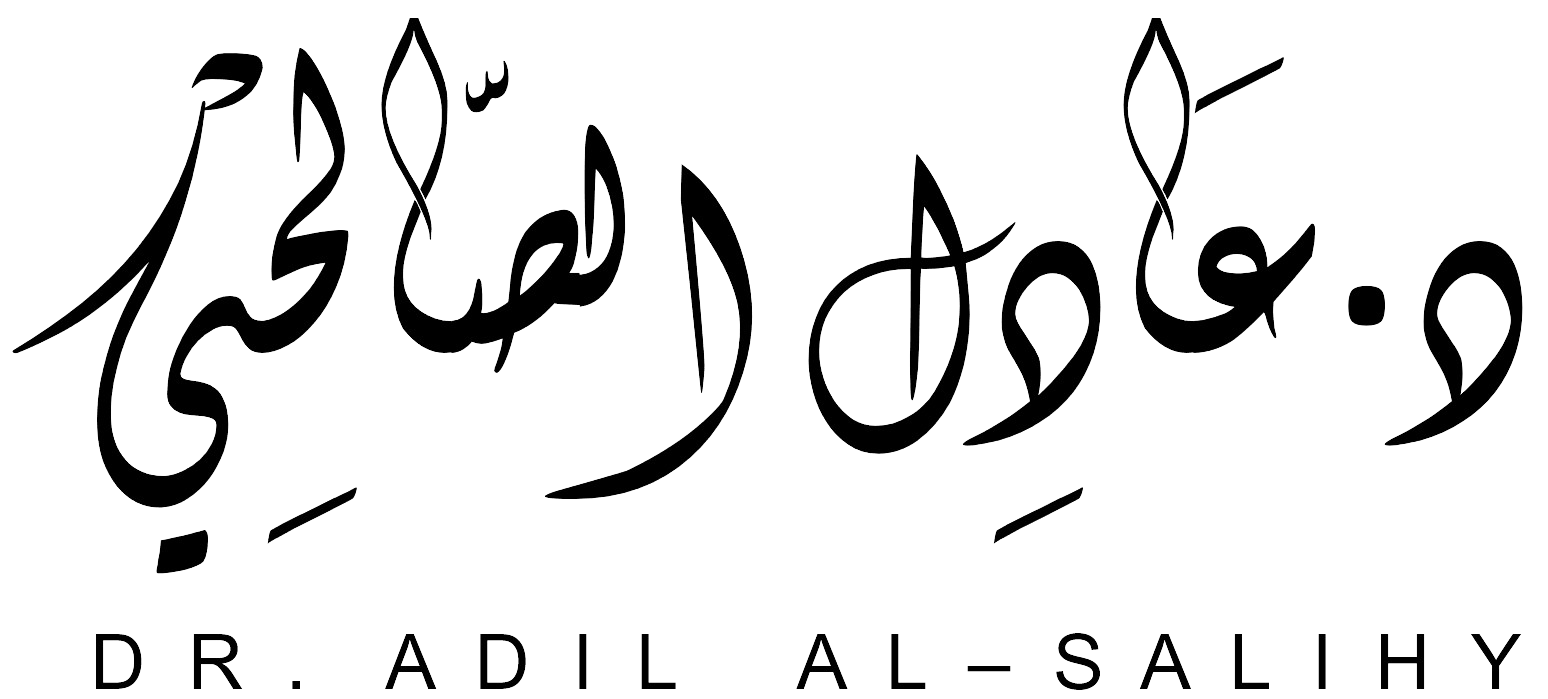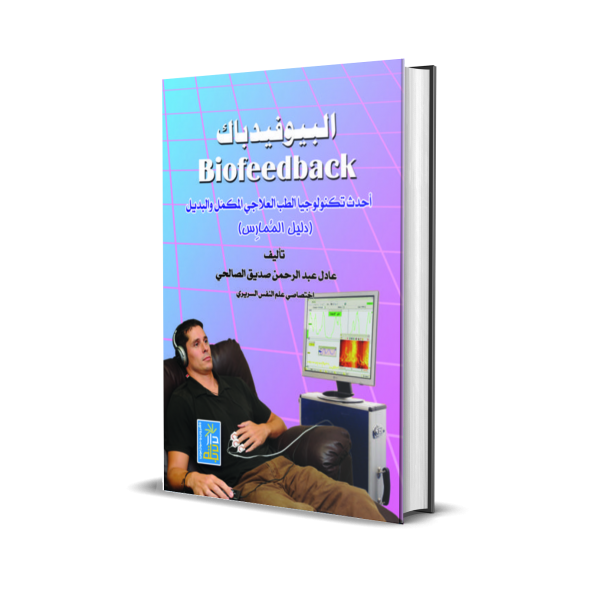Description
Resting-state QEEG Neuro-Biomarkers for Diagnosis and Treatment Planning of Autism Spectrum Disorders (Original Article)
(نسخة ملف pdf)
Assoc. Prof. Dr. Adil Abdul-Rehman Siddiq AL-SALIHY (1)
(1) Doctor of Psychotherapy Science (Dr.scient.pth.)
Sigmund Freud University – Vienna, AUSTRIA
Consultant in Clinical Psychology\ Neuro- & Psycho-Therapy Science
Ministry of Higher Education & Scientific Research – Baghdad, IRAQ
Psychological Research Center/ Head of the Department of Mental Health
Background: Autism Spectrum Disorder (ASD) is a combination of complex neurodevelopment disabilities. Early resting-state EEG investigations of autism failed to identify consistent patterns of atypical neural activity. The evidence for the U-shaped profile of electrophysiological power alterations in ASD is primarily supportive, but a more hypothesis-driven effort is needed to confirm and validate it.
Aim of study: The primary objective of the present study was to investigate the resting-state QEEG neuro-biomarkers by amplitude analysis as a diagnostic tool for autistic children, compared with a normative group while recording qEEG during an eyes-open condition.
Patients and Methods: After excluding those with less than one-minute artifact-free EEG data or too many artifacts, the final participants were (N = 34) autistic children. The age range was 2-11 years (mean age 6.235 ± SD 2.7198 years), including 30 males (mean age 6.1667 ± SD 2.730 years) and four females (mean age 6.75 ± SD 2.986 years). For the qEEG recording, BrainMaster Discovery 20 module and BrainAvatar 4.0 Discovery (Acquisition software) were used.
Results: After calculating and analyzing all the QEEG data, the findings were categorized and confirmed the U-shaped power profile as an autism signature and as a diagnostic sign, characterized by excessive absolute power in low-frequencies (delta, theta) and high-frequencies bands (beta, hiBeta) and reduced absolute-power in a midrange frequency band (alpha).
Conclusions: Recent literature and our findings have shown that ASD individuals have disturbances of neural connectivity. Neurofeedback (NFB) treatment seems to be an excellent approach to regulating such disorders when using QEEG neuro-biomarkers as a part of treatment planning.
Keywords: Autism Spectrum Disorder (ASD), Resting-state QEEG, Neuro-Biomarkers, Autism Signature, Quantitative Electroencephalography, U-shaped power profile.





Reviews
There are no reviews yet.